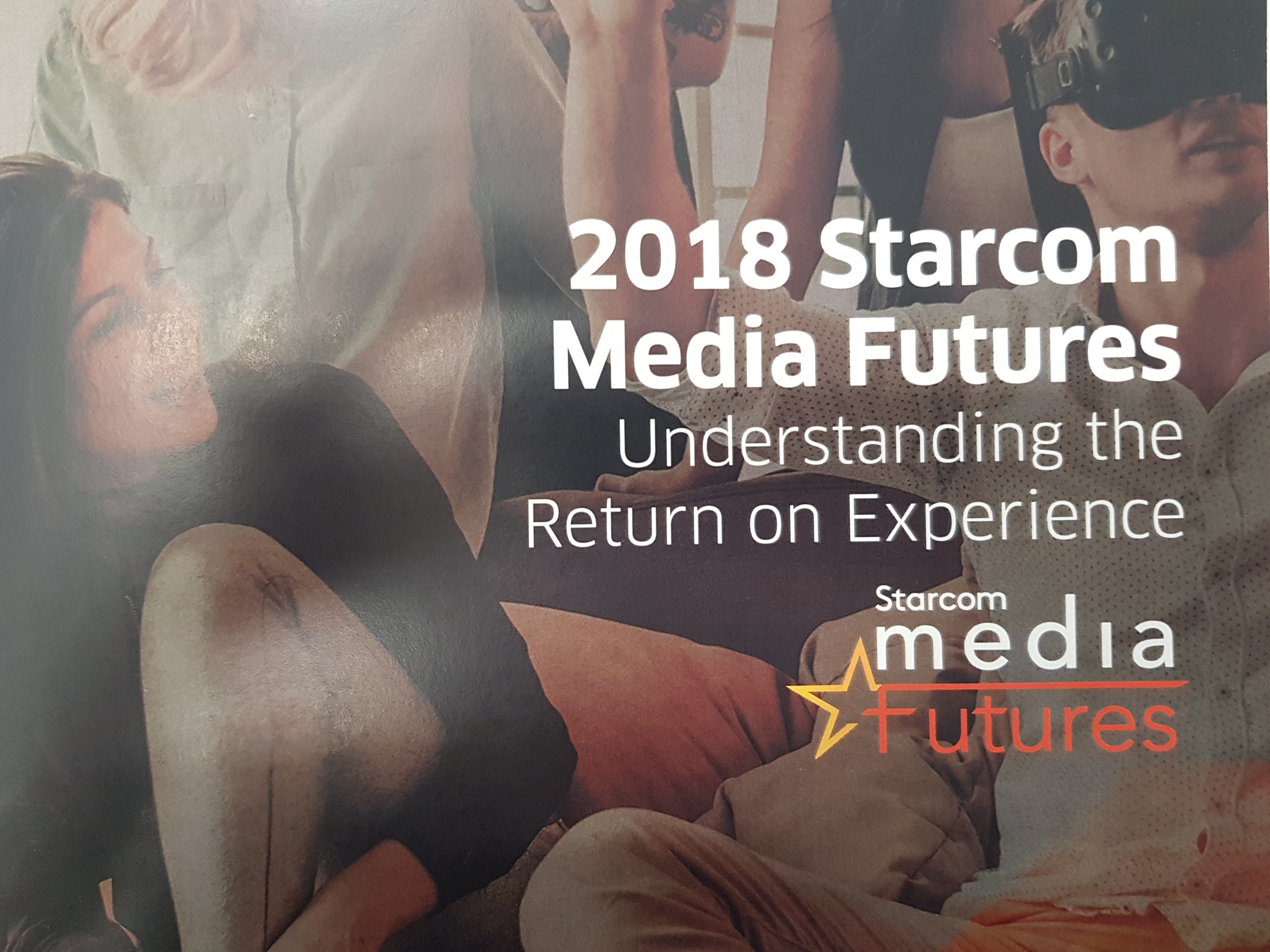Marketers significantly overestimating their CX abilities and need to rethink media: Starcom
There is a dramatic gap between the experiences consumers are having with brands, and the CX marketers believe they are delivering.
Starcom’s Media Futures has revealed marketers mark themselves twice as highly as consumers rate them when it comes to delivering great customer experiences. In addition, paid media is significantly under-indexing when it comes to creating a positive image of, and experience with, a brand.



Of course a media agency would come to this conclusion.
So real-life experiences are more important than ads, and marketers aren’t as good as they think they are. Lots of survey results and references to insights (which aren’t present), and a ‘rethink’ of media is recommended.
As a media owner, I remember when these were instructive and a genuine POV was given by the agency. This is just waffle and a lightweight version of what it was when it was meaningful.
https://mumbrella.com.au/smg-media-futures-media-personalisation-growth-346384